- Home
- About Us
- Contact Us
- Your Gift Card: Activate
- Check Card Balance
- Your Shopping Cart
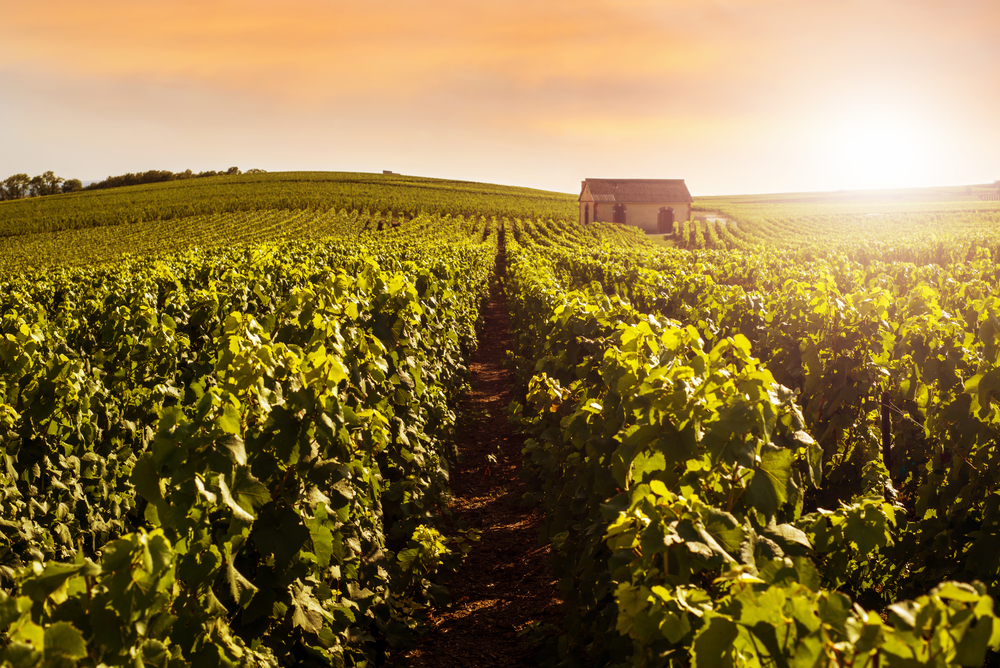
Champagne, also known as sparkling wine, is the drink of celebrations, special occasions, and festivities around the world. Champagne has a long and established history in many cultures, but how exactly is this popular and esteemed beverage produced? While there are a few different ways to create champagne, most bottles undergo a precise process that involves both fermentation and resting stages to achieve that delightful, bubbly flavour that pops on the tongue.
Champagne is a specific type of sparkling wine. Strictly speaking, champagne is usually only grown in the Champagne region of France (made only with chardonnay, pinot noir, and pinot meunier grapes), and must have its second fermentation process occur in the same bottle it's served or sold in. Other sparkling wines such as cava, prosecco, and cremant are usually cheaper, and may be produced in other areas or countries using different grapes and methods.
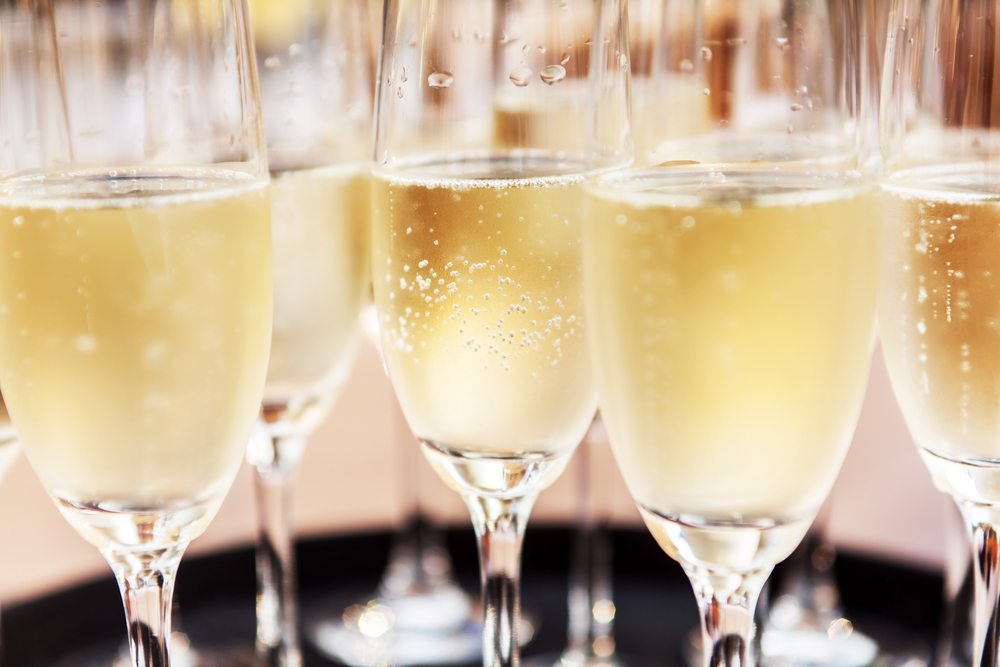
Champagne is made made using the classic method, known as Méthode Champenoise, which is also used for other sparkling wines such as cava, American sparkling wine, and Italian Franciacorta. The classic method is time-consuming, requires considerable labour input and is expensive, but it results in sparkling wines of the highest quality.
Once the grapes have been harvested, the producers will press them as soon as possible. The champagne producer uses a traditional basket press or 'pressoir coquart', which has a shallow base designed to press one thin layer of grapes at a time. This process allows the juice to be extracted slowly, with the extraction occurring in two stages. The first is the 'cuvee', which yields a more high quality juice, and the second pressing is the 'tailles', which results in a lower quality juice. There are strict laws on how much juice from either pressing can be used in the champagne.
The juice is then ready for its first fermentation, which occurs in a tank. At the end of the first fermentation stage, the result is a high acid base wine that has had all its natural sugars fermented out. Sometimes the first fermentation happens in a barrel, however the producer will usually pick a tank for this stage.
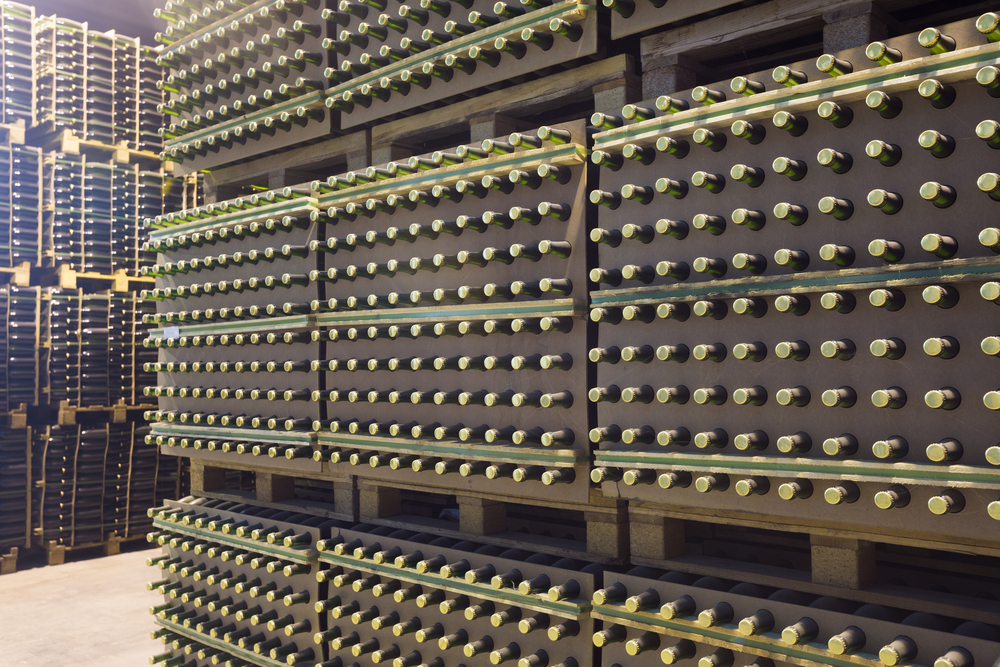
Blending is a significant stage in the champagne production process. Often, the producers will use multiple vintages of up to as many as 70 base wines to create the perfect 'assemblage' or 'cuvee'. The use of other aged wines can make 'young' champagne easier to drink, because it adds complexity and richness to the blend.
'Prise de mousse' is the all-important second fermentation stage, where the producers add a mixture of still wine, sugar, and yeast to the blended assemblage, and close up the bottle with a crown cap (the same as on beer bottles) to allow it to ferment and produce carbon dioxide and alcohol. The bottles are placed in a horizontal position between layers of wood to allow the wine to ferment for up to three months. Cooler temperatures are optimal for fermentation, as the wine will have smaller bubbles and a more consistent bead.
The wine is then allowed to age on lees (or dead yeast cells) for a minimum of 15 months for non-vintage champagne and three years for vintage champagne. The lees ageing process has a great impact on the taste of the final product, and some vintage champagne will actually end up spending seven years in lees ageing.
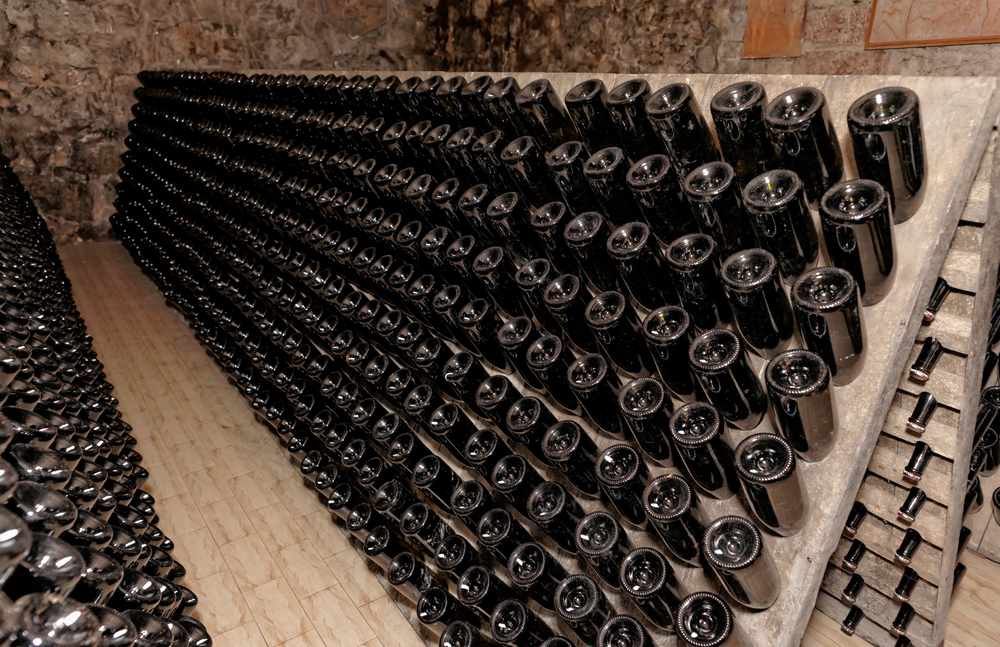
Following lees ageing the champagne undergoes a special process known as riddling. The individual bottles are set on special shelving called pupitres that hold the bottles at a 45-degree angle, with the cap pointing down. The bottles are turned and shaken lightly every few days, and the angle gradually increased.
This process is designed to push all the dead yeast to the neck of the bottle so that once the bottles reach a fully upside down position, the wine can be disgorged of the dead yeast.
Typically, the first step in disgorgement occurs by the producer dipping the neck of the bottle into cold brine while the cap is still on. This process will ensure the dead yeast matter that has accumulated at the neck is frozen, meaning that when the producer removes the crown cap, the pressure built up from the carbon dioxide automatically pushes out the yeast plug, which is what disgorgement is all about.
Right before the champagne is re-corked, the producer adds dosage ('liqueur d'expedition'), which is a sugar mixture designed to replace the liquid lost through disgorgement. The more sugar in the dosage, the sweeter the champagne will be.
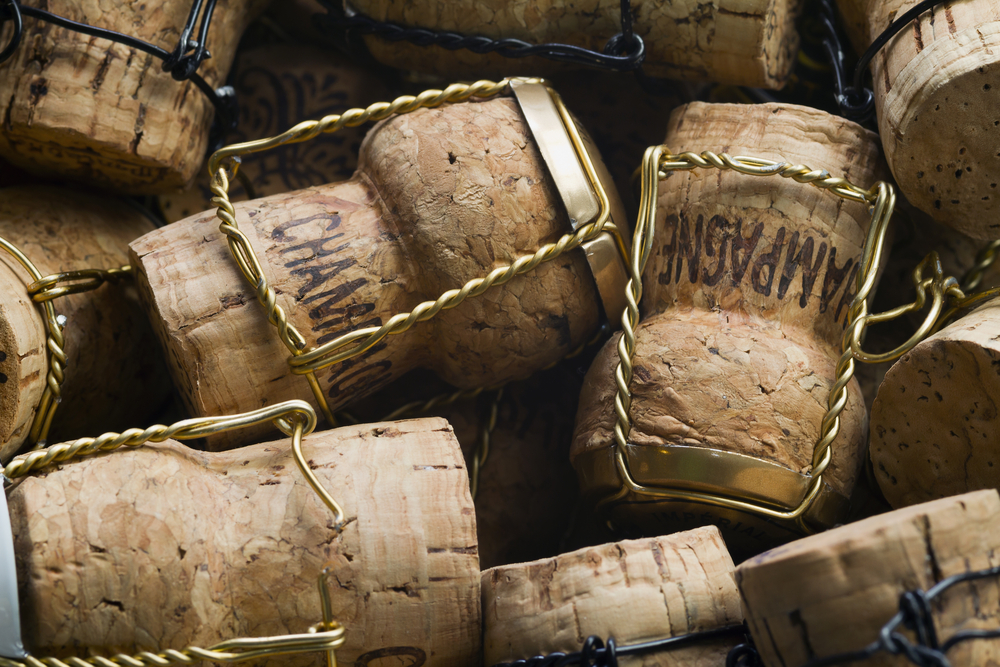
After all that hard work, the champagne is ready for recorking. The very same bottle has a cork inserted and a protective wire cap placed over the bottle to secure the cork. The bottle is then given a good shake to mix the wine and dosage, before the champagne is left to rest for another several weeks to several months (or longer). After that, it's ready to be supplied to shops for sale.
Champagne production is clearly a long and involved process, and as much an art as it is a science. Knowing this, you'll probably never again take a sip from a glass of champagne without appreciating the almost miraculous effort that the producers put into perfecting their particular version of champagne.
Want to know the perfect food accompaniment to champagne? Take a look at our interactive food and wine matching guide here.